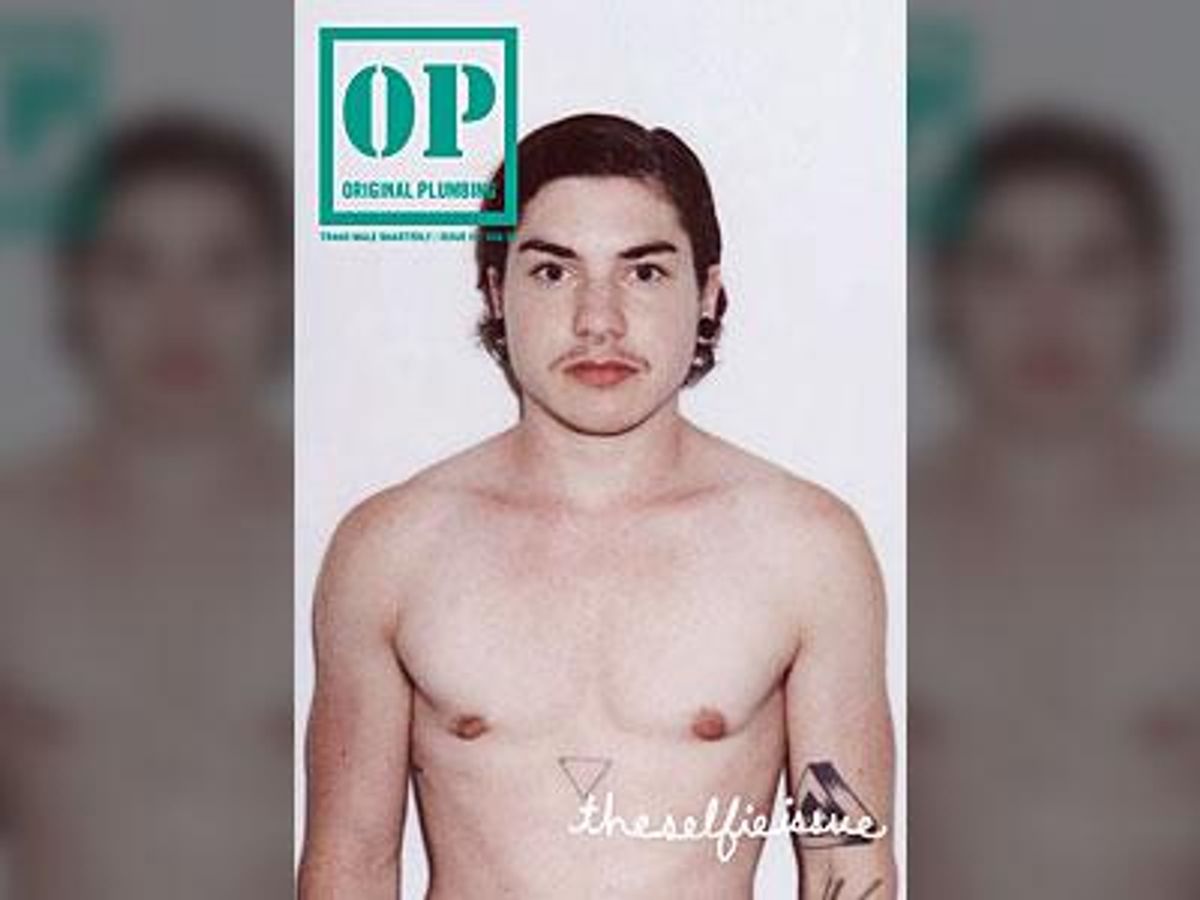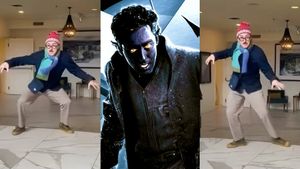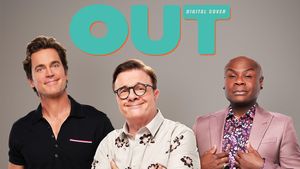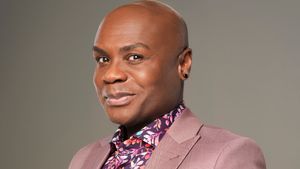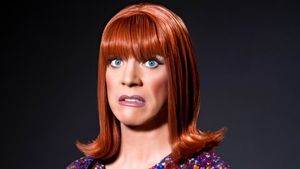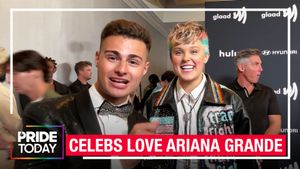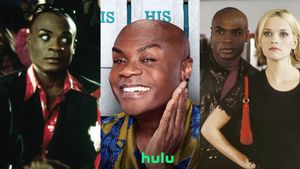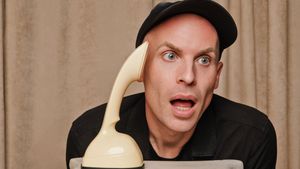As 2014 draws to a close, LGBT mediamakers have been in continual agreement about a new reality: Trans representation and imagery is exploding in mainstream culture. Not only that, but its range has come to include more than limiting stereotypes, a greater diversity of figures and mediums, and, perhaps most importantly, more trans mediamakers themselves behind the helm.
So what does trans self-representation mean in this moment? And what does it mean specifically for trans men, a part of the trans community that has often been less scrutable to cisgender (nontrans) audiences, even in the current visbility boom?
Amos Mac and Rocco Kayiatos, the artists behind trans male quarterly magazine Original Plumbing, have set out to explore these questions in their publication's fifteenth release, "The Selfie Issue." Drawing on social media selfies, self-portraits, portraits by other artists in which the trans male subject was involved, and self-reflective writing, the issue delves deep into the self-images of trans male artists like photographers Wynne Neilly and King Texas, author T Cooper, filmmaker Emmett Lundberg, Mr. Trans Man winners Mason J and Winter Lake, and more.
The Advocate spoke with Mac and Kayiatos to learn more.
The Advocate: What drew you to covering selfies in your latest issue of Original Plumbing?
Amos Mac: We're living in a time where trans people are being seen in mainstream media and art more frequently, and I'm always wondering how much of what we see is being created by other trans people, or through a "trans lens." It also feels timely to celebrate the art of the selfie and how trans people see themselves and the different forms that takes -- through instagram selfies, fine art self portrait series, community projects, and media trans people have made for pop consumption.
How would you describe a "trans lens"?
Mac: We all have a lens, we all see things our own way. I feel like individual experiences (trans or not) transfer into the work each of us does and how we see the world. If a trans-identified person is creating something and draws from their life, that would be a trans lens, or you can call it a trans gaze. But it also depends on the person creating, and what their intention is.
So how much of the trans imagery and stories we see in pop culture is actually being created through a trans lens?
Mac: I have no idea what the official numbers are. My guess is "not nearly enough." Let's take a poll!
OP itself is an active example of trans people making their own culture. What was happening back in 2009 that prompted the magazine's creation, and has the current "moment" at all shifted how you see yourselves as trans media makers?
Rocco Kayiatos: In 2009, we decided that the trans male community deserved a magazine dedicated to us. We boldly took a leap of faith and committed to doing it for a year and seeing how it went. Clearly it was a good moment to do something like that, because we were immediately met with a confirmation that indeed the community wanted a print magazine about our lives. I began my transition almost 15 years ago and it was lonely.
I was young, for the time, and couldn't see myself anywhere. Now so much exists for an isolated trans person to see their own existence or potential in others' experience and lives. In the year 2000 there were a scant few books (for example, Body Alchemy by Loren Cameron) and websites (for example, transter.com) to see even a glimmer of what life after transition might look like for a trans guy.
I don't so much think of OP as trans people making their own culture, so much as I think of it as a platform for us to document and preserve our culture, lives, and history. So if in 100 years from now the Internet is gone (wishful thinking) someone may get ahold of a copy of OP and see what trans guys were doing and thinking and making. You know? Queer people and outsiders must always document their lives and stories, for posterity and accuracy. We need to be able to tell our stories to see we matter and to mark that we were here!
And it is crucial that that come from within and not always the curious outsider gaze. I am happy to see that in such a short time culture has changed so much to see our lives and experiences reflected everywhere. We still have a great deal further to go culturally to be shown respect and valued as people, but so much has changed since 2009 in terms of visibility and representation. Laverne Cox on the cover of Time magazine!! I would not have thought that possible in 2000.
What other trans media and art are you thrilled about right now?
Kayiatos: Honestly, Transparent. It's such a beautifully and carefully done show. Although the creator, Jill Soloway, is not trans, she takes painstaking efforts to include trans voices in the writing room and in all aspects of production. This show and its popularity is, to me, an indication of where we are in history and culturally. That's exciting. Obviously there is so much more than just that show, but it is cool to see trans people in a mainstream show!
Mac: I think the web series Brothers is a great example of a trans person (Emmett Lundberg, the writer and director) not seeing himself represented on a show and creating a narrative series to reflect one area of the trans community. Also there's a trans guy magazine in Japan called Laph, and the editor and I have been writing to each other and we trade our magazines with each other. I love finding out about trans media happening in other parts of the world.
What do you think it will it take for trans culture makers to ensure that trans portrayals are authentic and emerging from within trans communities?
Mac: Being open about our stories and vocal about our discomfort if we feel trans people are being portrayed in what we feel is a "negative", wrong, or unjust way. Making ourselves available and open to consulting while also creating things ourselves if we feel like no one else is doing it correctly. Taking things into our own hands, using whatever resources we can. Being visible, making our voices heard...that's one way to make a change.
Below, all images courtesy of Original Plumbing.

(Photo credit: Wynne Neilly)

(Photo Credit: Rhys Harper, Transcending Gender Project)


Mason J, Mr. Transman San Fracisco (photo by Milo Ashcraft)

Winter Laike, Mr. Transman NYC (photo by Milo Ashcraft)

